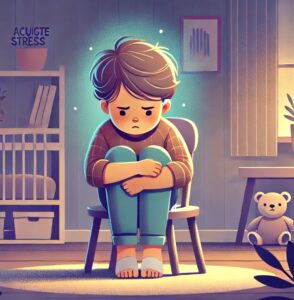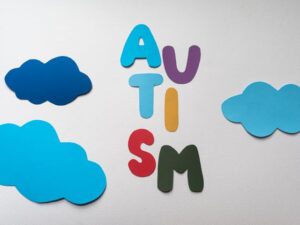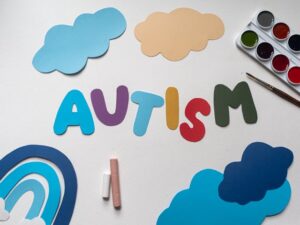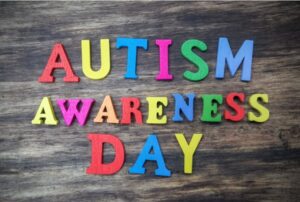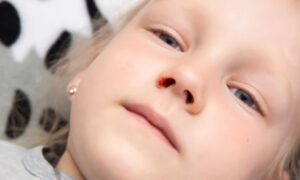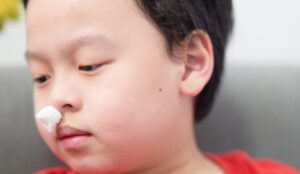Agoraphobia is a type of anxiety disorder that is characterized by an intense fear of open spaces, public places, or crowds. This condition can cause significant distress for children when facing such situations, leading to avoidance behaviors and panic attacks. Agoraphobia can disrupt a child’s daily life, so it is essential for parents and caregivers to take active steps to support and help them manage this disorder.
1. Recognizing the Symptoms of Agoraphobia
The first step in helping a child with agoraphobia is to understand its typical symptoms. A child may show signs such as:
- A strong fear of leaving home, entering open spaces, or being in crowded areas.
- Avoiding places like school, parks, or shopping centers.
- Anxiety about being unable to escape or find safety in these situations.
- Physical anxiety symptoms like a rapid heartbeat, sweating, dizziness, or even panic attacks.
Children experiencing these symptoms may refuse to attend school, avoid social situations, and feel uncomfortable even leaving their homes【1】.
2. Creating a Safe and Supportive Environment
For children with agoraphobia, it is essential to provide a sense of security. Here are some strategies to create a supportive environment:
- Respect their feelings: Parents should avoid being overly critical or impatient with a child's fear response. Instead, be patient and understanding of their emotions.
- Foster open communication: When children feel safe and understood, they are more likely to express their fears. Parents should regularly discuss their child’s concerns and assure them that they are supported.
- Gradual exposure: Gradual exposure is a well-known technique in treating agoraphobia. Parents can help their child slowly face their fears by exposing them to feared situations little by little. For example, starting with a walk in a quiet park and gradually increasing the exposure to more crowded spaces【2】.
3. Cognitive Behavioral Therapy (CBT)
Cognitive Behavioral Therapy (CBT) is considered one of the most effective treatments for agoraphobia. Through CBT, children can learn to identify and change irrational fears and negative thought patterns. Here are some techniques used in CBT:
- Cognitive restructuring: This helps children understand that their fears are irrational and encourages them to replace those thoughts with healthier perspectives. For example, if a child is afraid of going to the mall, the parent can help discuss and rationalize the fear, showing that the mall is not actually dangerous.
- Relaxation techniques: Relaxation methods such as deep breathing, meditation, or muscle relaxation can help a child stay calm in anxiety-inducing situations. Regular practice of these techniques can reduce anxiety over time.
- Goal setting: Encourage the child to set small, achievable goals, such as gradually increasing their time in public places or reducing the need for parental accompaniment【3】.
4. Medication Options
In severe cases of agoraphobia, medication may be considered alongside therapy. Doctors may prescribe anti-anxiety medications or antidepressants to help reduce the severity of symptoms. However, medication should be used in combination with therapy for the best results. Parents must work closely with a healthcare professional to monitor the child’s response to the medication【4】.
5. Educating Parents and Seeking Support
Parents play a critical role in their child’s recovery. Along with supporting their child, parents should educate themselves about agoraphobia and seek resources that can help:
- Join support groups: Many communities and online platforms offer support groups where parents can connect with other families experiencing similar challenges. These groups provide emotional support and practical advice.
- Consult professionals: If agoraphobia significantly impacts the child’s life, seeking help from a mental health professional is crucial. Therapists can provide personalized treatment plans and guide the family through managing the disorder.
Conclusion
Helping a child with agoraphobia requires patience, understanding, and effective strategies. By providing emotional support, implementing gradual exposure, and utilizing Cognitive Behavioral Therapy, parents can help their child overcome their fears. It is important to maintain open communication and give the child time to adjust, ensuring they feel supported throughout the process. With the right approach, children can overcome agoraphobia and lead a fulfilling life.
References:
- American Psychiatric Association. (2021). Agoraphobia Symptoms and Diagnosis.
- Clark, D. A., & Beck, A. T. (2020). Cognitive Therapy for Anxiety Disorders.
- Mayo Clinic. (2022). Agoraphobia: Diagnosis and Treatment.
- National Institute of Mental Health (NIMH). (2023). Anxiety Disorders in Children.





